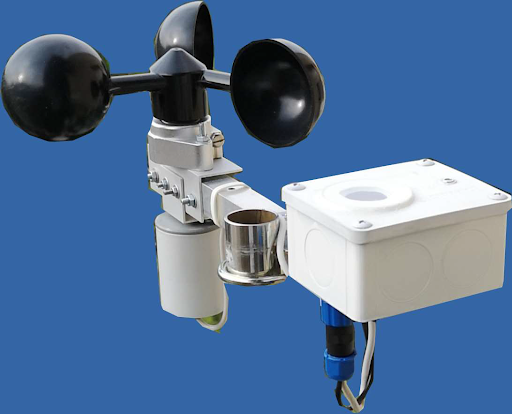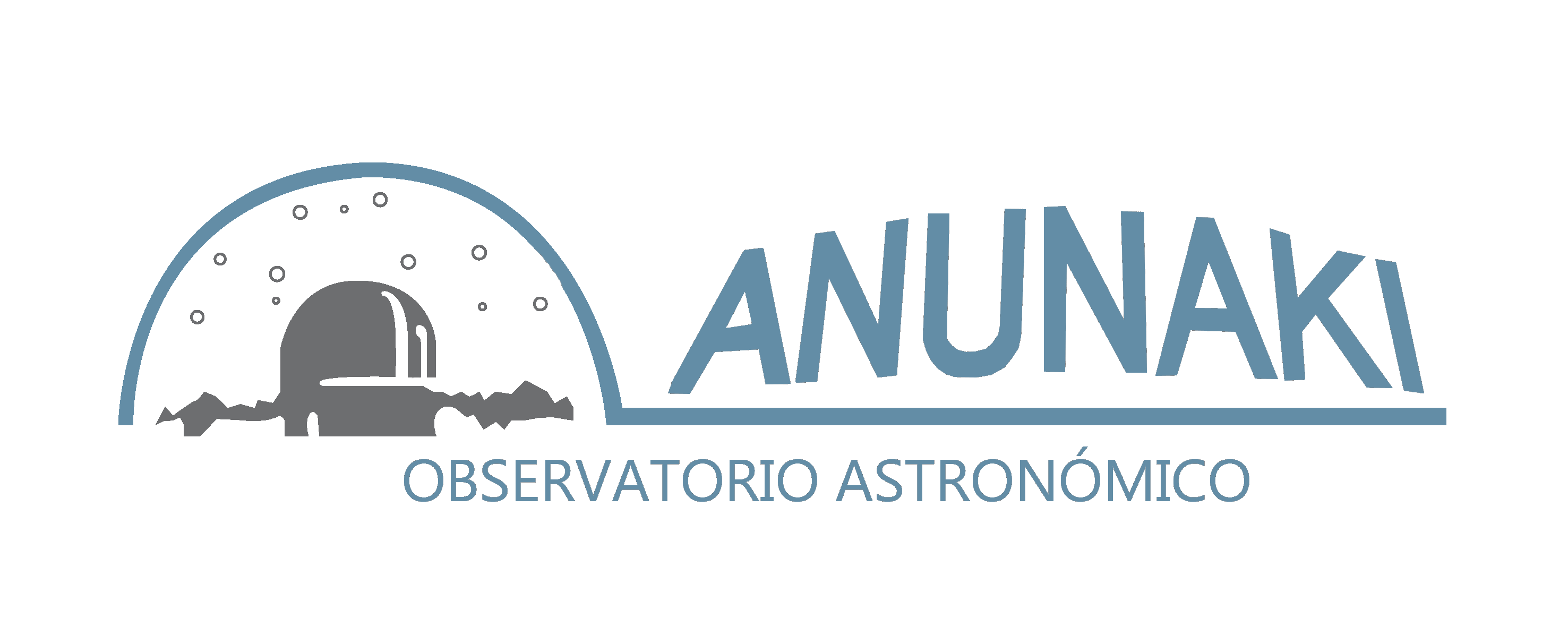The TESS-W photometer allows us to share sky brightness data on the networkSTARS4ALL, but it is also a good complement to the astronomical observatory.
With the standard version you have the sky brightness and the cloud estimate.Adding an anemometer and a thermo-hygrometer we will have the extended version TESS-W-AO (TESS-W Astronomical Observatory) with everything necessary for automation.

Designed by an engineer Cristobal Garcia and a great amateur astronomer, the TESS instrument is an instrument for monitoring the brightness of the sky and estimating clouds. For more information on the work carried out by Cristobal, click here.
The initial destination of theTESS(Telescope Encoder & Sky Sensor) was the telescope of a remote observatory without absolute encoder since it gives us the direction of pointing. Therefore, the native communication is RS232, the most reliable and that allows cables up to 25m.
Today and after several updates they are part of the project Stars4All.
TESS-W photometers are scientific instruments that have been designed to make continuous measurements
at a fixed site (monitoring) so that the evolution of
the decielo brightness can be monitored over numerous consecutive nights. Photometric calibration is carried out in the
Advanced Scientific Instrumentation laboratory of the Complutense University of Madrid
(LICA-UCM). The calibration results are sent to the owners in a separate file.

Installation and configuration
For the station to work it needs to be installed in a high place – preferably a roof where it can connect to the mains and has WiFi coverage to send the measurements in real time. TESS-W has a USB connector that allows it to be powered with a regular mobile charger.
Once the TESS-W photometer is installed, it will be part of the NETWORK of stars4ALL photometers for sky monitoring. The measurements sent by the network’s photometers are archived in the repositories that allow free access to the data. On the page http://tess.stars4all.eu/ there are links to download the data files and to view the graphs of the entire series of measurements including those that are being sent at that time (real time).
In order for the photometer to send the data, a local and active WIFI network is needed. Measurements
are sent in real time to repositories without the need for human intervention.
–Installation and configuration guide.pdf Spanish
